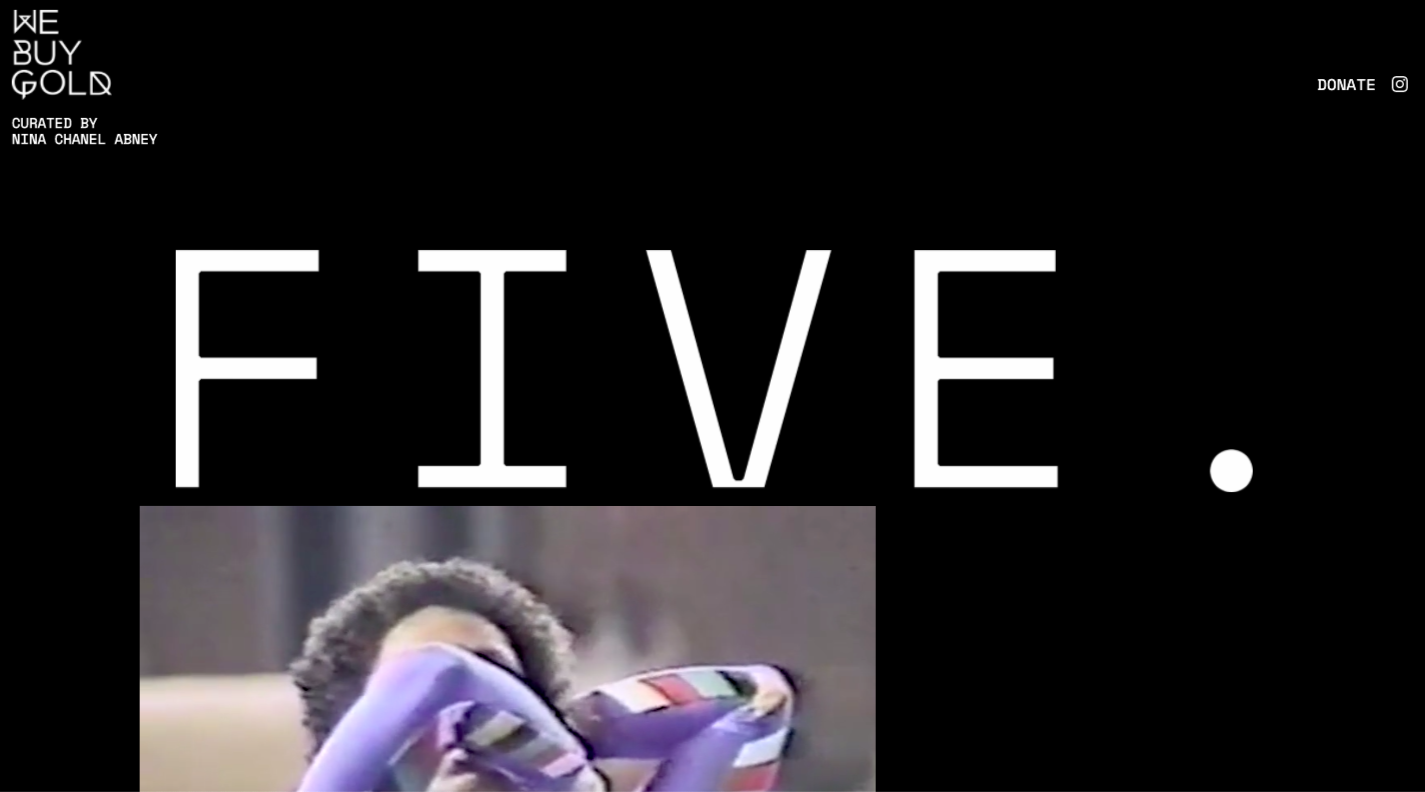Guaranteeing Clarity and Principle in Aurum Distribution Networks Through Cutting-edge Tracking Approaches.
Guaranteeing Clarity and Principle in Aurum Distribution Networks Through Cutting-edge Tracking Approaches.
Blog Article
Golden is a valuable resource that has been pursued for thousands of decades. It is used in jewelry, electronics, and even as a form of money. However, the path gold takes from quarries to buyers can be complicated and often lacks clarity. This means that it can be difficult to know where the gold comes from and whether it was mined in a way that honors ethical standards and the ecosystem. Advanced traceability technologies are developing as essential tools to ensure the integrity of gold distribution systems.
One effective method for improving transparency in metal logistics networks is the use of blockchain technology. The blockchain creates a secure digital record that logs every transaction involving bullion, from the extraction site to the retail store. This system allows all stakeholders in the supply chain, including extractors, dealers, and consumers, to see where the material has been and confirm its source. By using blockchain, companies can provide evidence that their gold is ethically sourced, helping to build confidence with consumers who are increasingly concerned about ethical sourcing.
Another traceability solution involves the use of distinct ID tags for precious metal products. These tags can include QR codes or radio-frequency identification chips that store information about the gold’s source and path through the distribution process. When buyers scan these tags, they can view detailed information about the gold’s history, including where it was mined and how it was refined. This level of visibility not only helps customers make informed purchasing decisions but also promotes ethical practices within the sector.
In addition to digital solutions, collaboration among stakeholders is crucial for ensuring trustworthiness in gold supply chains. Governments, NGOs, and companies must work liquidate your gold assets together to develop defined guidelines and standards for sustainable mining practices. By promoting initiatives such as fair trade certification, these entities can empower miners who adhere to ethical practices while also guaranteeing that end users have access to responsibly sourced gold. Collaboration strengthens responsibility and creates a unified approach to tackling issues related to openness in the market.
In the end, ensuring transparency and credibility in precious metal supply chains benefits all stakeholders. Buyers gain blog link confidence in their purchases when they understand their gold is sourced responsibly. Responsible practices can lead to improved working conditions for miners and enhance ecological responsibility. As innovative tracking technologies continue to develop, they hold great promise for reshaping how we perceive and engage with this commodity throughout its lifecycle from extraction site to retail environment. The future of precious metal logistics systems looks brighter as these solutions lay the foundation for a more ethical industry.